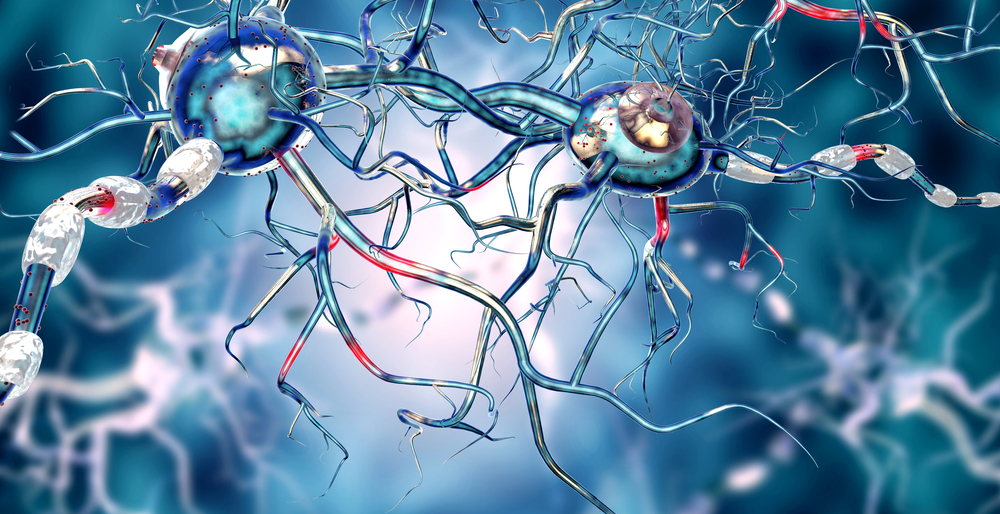Masitinib Alleviates Inflammatory Response Triggered by Schwann Cells in Rat Model of ALS

A recently discovered inflammatory mechanism triggered by Schwann cells — specialized cells that produce the protective myelin sheath around neurons — in amyotrophic lateral sclerosis (ALS) can be alleviated with masitinib, a study in rat models shows.
The study, “Schwann cells orchestrate peripheral nerve inflammation through the expression of CSF1, IL‐34, and SCF in amyotrophic lateral sclerosis,” was published in the journal Glia.
Degeneration of axons — extensions of neurons that are responsible for the transmission of the electrical signals within the central nervous system (comprising the brain and spinal cord) — is considered one of the hallmarks of ALS.
Indeed, it is the progressive loss of motor axons — axons of nerve cells found in the spinal cord and brain that are responsible for voluntary muscle control — that leads to muscle weakness, and ultimately paralysis, in people with ALS.
Scientists already know the gradual loss of motor axons in the peripheral nerves of ALS patients triggers an immune and inflammatory response that results in the loss of myelin, accompanied by the denervation (loss of nerve supply) of Schwann cells and a massive infiltration (migration) of immune cells into the area.
“However, the functional link between SCs [Schwann cells] and immune cell influx to degenerating peripheral nerves in ALS remains unknown,” researchers wrote.
Researchers from the Institut Pasteur de Montevideo in Uruguay and their collaborators set out to investigate how these abnormal Schwann cells may contribute to the progression of ALS in a rat model of disease and patients with sporadic ALS.
To that end, they examined Schwann cells in sciatic nerves — large nerves that extend from the lower back to the legs — of patients with sporadic ALS and paralytic SOD1G93A rats.
Analyses revealed Schwann cells found in the sciatic nerves of animals and patients were very similar.
Investigators discovered some of these cells produced large amounts of colony-stimulating factor-1 (CSF1) and interleukin‐34 (IL‐34), two molecules thought to interact with the CSF1 receptor (CSF‐1R) to promote the activation and recruitment of immune cells.
In addition, they found that some Schwann cells also produced large amounts of the stem cell factor (SCF), a growth factor that leads to the recruitment and activation of mast cells — a type of immune cell found in connective tissues — after binding to a receptor called c‐Kit.
To assess if blocking these two signaling cascades would be enough to reduce local inflammation, investigators decided to treat sick rats with masitinib.
Masitinib is an experimental treatment being developed by AB Science to lessen the symptoms of ALS. It works by blocking the activity of proteins called tyrosine kinases, which play a role in the inflammatory process.
Pharmacological inhibition of both signaling pathways with masitinib reduced Schwann cells’ immune reaction, as well as the infiltration and proliferation of immune cells in the animals’ peripheral nerves, further supporting the potential neuroprotective effects of masitinib.
“We showed for the first time that Schwann cells can orchestrate a harmful chronic inflammation along the peripheral motor pathway, contributing to ALS progression. This uncontrolled neuroinflammation can be inhibited by masitinib, even after onset of paralysis, by targeting cells implicated in injuring the peripheral nerves,” Emiliano Trias, PhD, said in a press release. Trias is senior researcher at the Institut Pasteur in Montevideo and lead author of the study.
“These findings provide a new and complementary mechanism of action for masitinib in ALS,” added Luis Barbeito, MD, PhD, head of the neurodegeneration laboratory at the Institut and senior author of the study.






